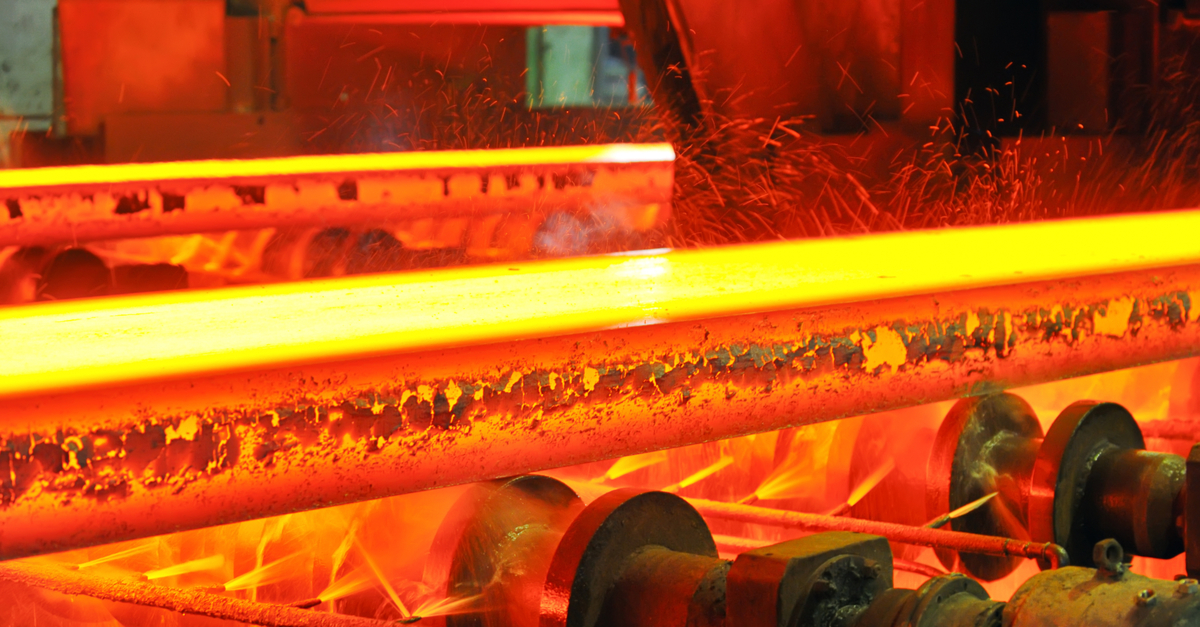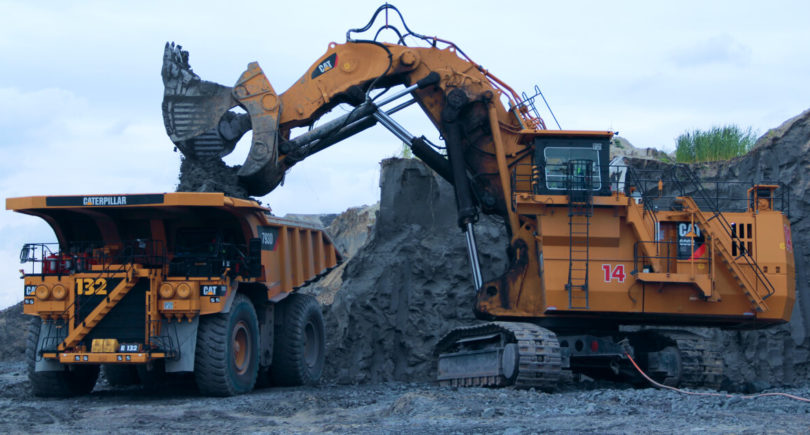
News Companies Zaporizhstal 1203 16 June 2023
The manufactured products will be delivered to the company's rolling assets in Italy and the UK
Zaporizhstal Iron and Steel Works plans to increase the production of commercial slabs up to 60-80 thousand tons per month. This was stated by the COO of Metinvest Group Olexander Myronenko in an interview for NV Business.
The manufactured products are planned to be sent to the company’s rolling assets in Italy and the UK. Since the beginning of the year, about 25 thousand tons of such products have been shipped abroad. In May, 6 thousand tons of slabs were produced for Italian assets.
According to Olexander Mironenko, these products have already passed the first stage of certification – the weldability test.
“Now we are waiting for the Bureau Veritas certification. The next step is Lloyd’s Register. As soon as we receive their certificate, we will have a normal production of shiplist. The volume that we cannot provide from Zaporizhstal, we will purchase on the market,” comments the COO of Metinvest Group.
At normal loading, Metinvest’s Italian plants buy about 130-140 thousand tons of slabs per month. Thus, the company plans to increase the share of Zaporizhzhia slabs at Italian rolling mills to about 50%.
At the same time, Mironenko noted that the Spartan group’s rolling plant in the UK does not yet consume slabs from Zaporizhstal, since there are local producers of this product next to it, which are more efficient in the supply chain.
As GMK Center reported earlier, Zaporizhstal in May 2023 increased the output of rolled products by 45.9% compared to the same month in 2022 – up to 180.5 thousand tons. The volume of pig iron production increased by 46.7% y/y – up to 229.6 thousand tons, and steel – by 62% y/y, up to 213.3 thousand tons.
Compared to April, the figures decreased slightly, probably due to stoppages in the second half of May at the overhaul of the II category of blast furnace №3. At the same time, in March 2023, the plant launched blast furnace №2 from forced hot preservation. The blast furnace was supposed to reach its planned capacity in the first decade of April.



